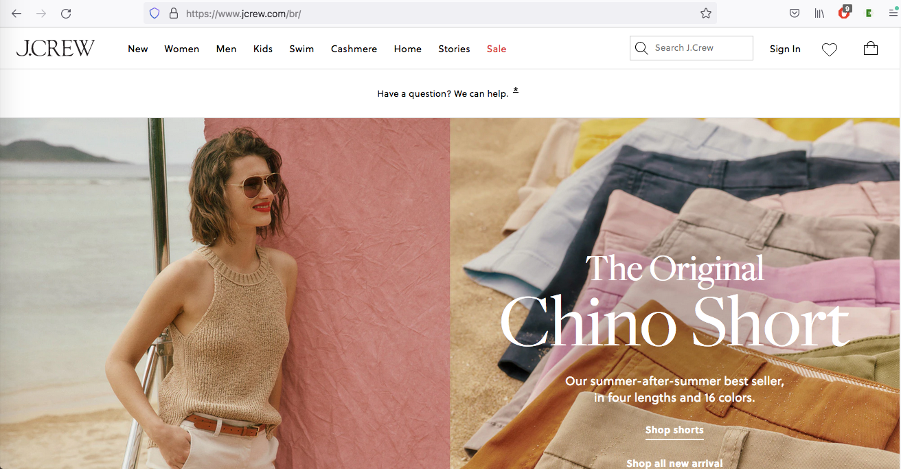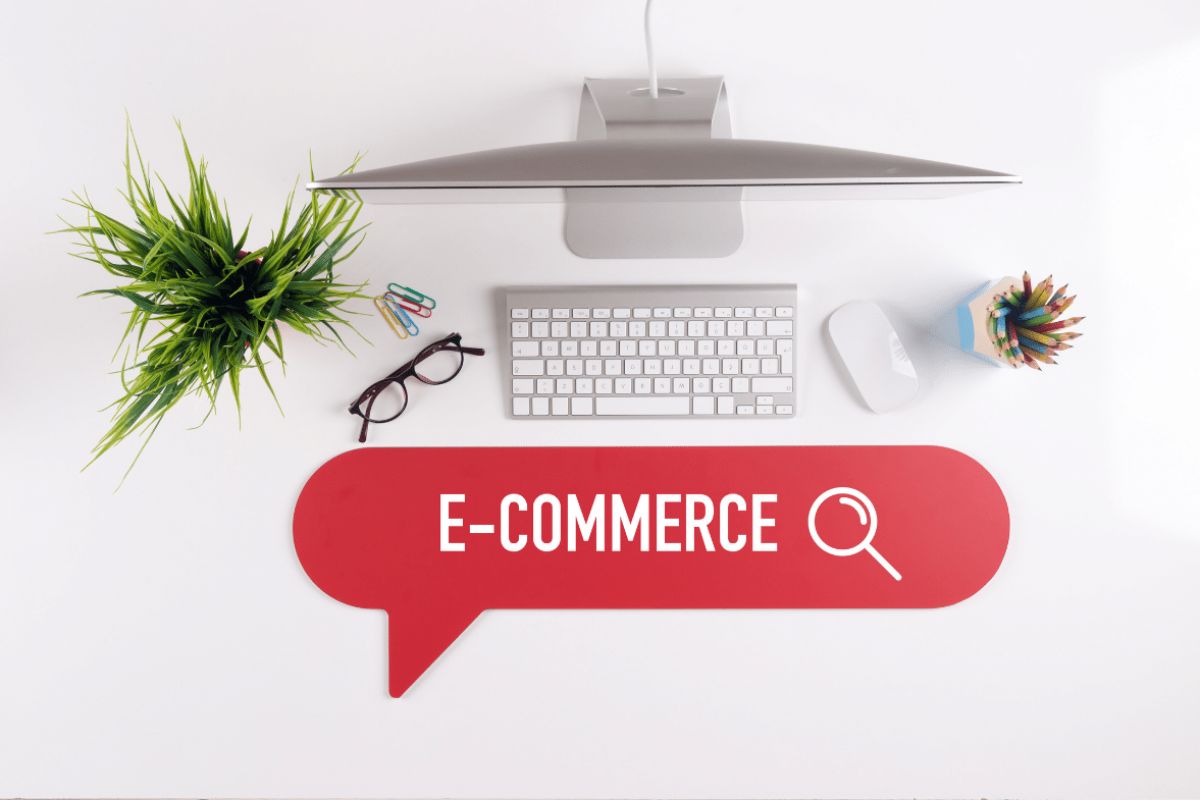You’re taking your e-commerce abroad? Congratulations! You and your team have worked hard to get here, and you deserve continued success.
This is why we’re giving you six tips that will help you build an appealing foreign e-commerce website. They are all about elements of your foreign prospects’ culture and location that you must take into account.
Some of these cultural specificities may sound irrelevant, but don’t be tempted to overlook them — when selling in a different country, respecting local culture is crucial.
1. Use your prospects’ language
Yes, there are people who are polyglots and don’t mind buying from a website in English or another foreign language. But these are not the majority. If you don’t translate your website into the language your prospects’ speak, you will miss out on a huge number of sales.
And while you’re at it, take care all your website pages are in the same language. It’s not fun to read a product description in your language, click the “buy” button — and find yourself facing a shopping cart page you can’t read.
2. Translate into the local variation of your target language
Why? Because it’s important that your translation is not only correct, but also fluent — otherwise, you risk your prospects never even finding you. So, get a native speaker from your target region to translate and localize product descriptions and website copy, instead of assigning the translation to a technician from your company.
For instance, native Brazilian localizer will know that while “camisola” means “T-shirt” in European Portuguese, it means “nightgown” in Brazilian Portuguese. And that’s a huge difference.
3. Integrate with the right platforms
If you are going to integrate your website with other sales channels, choose those that are most popular with your target audience. For instance, in Brazil, it’s the WhatsApp app. In Argentina, the e-commerce platform MercadoLibre.
Remember that within the same country, the most popular platform may be different according to demographics such as age and income group.
4. Make your website look local
This is all about using the right colours and fonts, paying attention to the placement of images and the direction of slideshows (in Arabic countries you want these elements to be right-to-left), choosing models who look like locals, and so on.
Unless looking foreign is part of your brand strategy, your ecommerce business will appeal much more to your prospects if they recognize themselves in it.
5. Remember the weather is different in other places
This could be included in the previous point, but it’s so important it deserves its own section. If your product sales are at all influenced by climate and seasons — think clothes, shoes, sports gear — it’s crucial you remember that in the Southern Hemisphere the seasons are the opposite to those in the Northern Hemisphere, and that even in the same hemisphere there are huge variations in climate from region to region.
Sounds obvious? It isn’t. Just check the Brazilian website of the J. Crew brand. It’s selling summer clothes — in the first week of the Brazilian winter.

Shein on the other hand got it right.

6. Pay attention to local dates
Not all countries celebrate the same occasions on the same dates. For instance, if we take Brazil as an example again, we’ll see Brazilians celebrate Fathers’ Day on the second Sunday of August, and Valentine’s Day on June 12. And that’s not to mention specifically national or local holidays — like Carnival and the Festas Juninas.
So if you want to take advantage of special dates to increase your sales abroad, make sure you know what is being celebrated when.
Again, Shein did a good job of it, offering special deals in Brazil for the Feast of St. John:

Looking for a translation company? We’re here for you.
Would you like to ensure higher ROI from your foreign e-commerce website? The Upwords team will be happy to help you. We offer not only website translation services, but also localization — our native experts will advise you on cultural and linguistic specificities and make sure your website speaks to your prospects where they stand.
We also offer you website analytics services — by conducting visitor segmentation, we’ll help you identify and communicate with visitors based on their customer journey, past conversations, geographical location, browsing behavior, referral page, and much more.




























